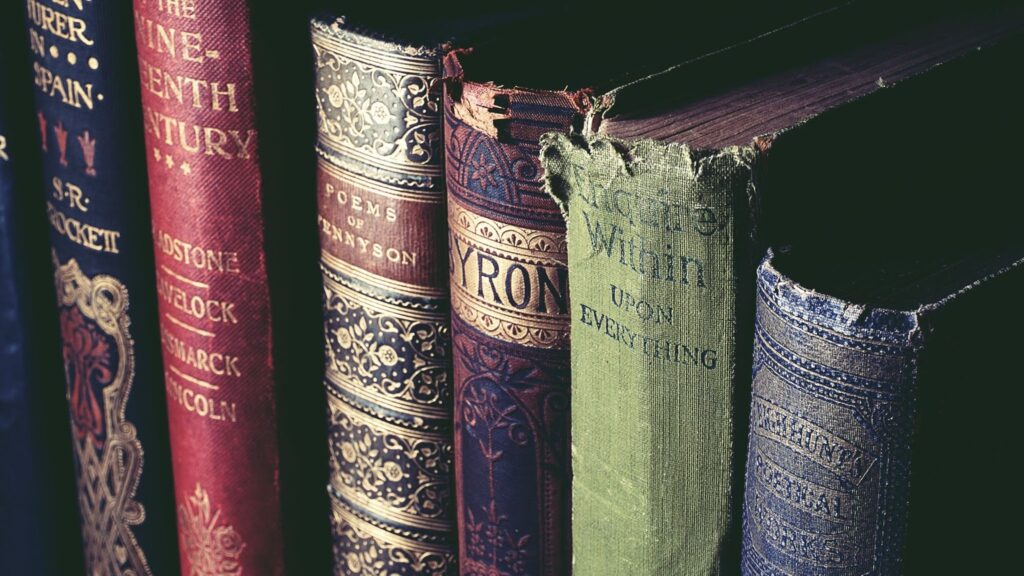Some book collectors are only interested in collecting rare books. Rightfully so, rare books tend to hold a higher value than their non-rare counterparts. Why is that so? Keep reading to find out.

Ultimately, book rarity comes down to supply and demand. If there is more supply than there is demand, then the book is probably pretty common and thus, not rare. If there is limited supply for a book that has a particular interest in the market, then it is likely to be rarer.
On top of that, first editions of print tend to lean more towards rarity because publishers often limit first editions to gauge the market’s reaction to a book before doing a full production run. Plus, secondary editions tend to have copy edits and various updates from the writer which further increases the value of the original copy.
Along with first editions, the age of the book and condition of the book contributes to rarity, too. For example, a first edition Shakespeare manuscript from the 16th century will be considered much rarer than a book that just became a New York Times Bestseller. If the book has been preserved well, then this will also count towards its rare status.
For new information on book collecting and antique books, follow Walt Chantry on Twitter.

Stay connected